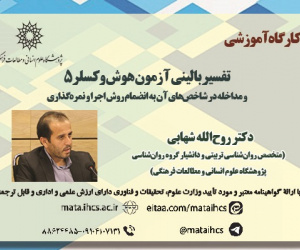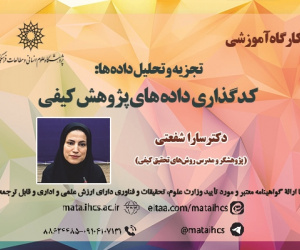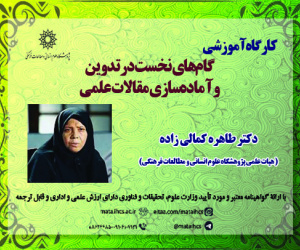جایگاه رقابت عادلانه انتقال تکنولوژی در مالکیت معنوی از رهگذر اقدامات تأمینی (مقاله علمی وزارت علوم)
درجه علمی: نشریه علمی (وزارت علوم)
آرشیو
چکیده
کاوش در مکانیسم حقوق مالکیت معنوی جهت تسهیل فعالیت های تحقیقاتی و انتقال فناوری پیشرفته، چالشی را در قامت مهار خلاقیت و نوآوری ایجاد کرده که مبدل به یک بحث جهانی شده است. این پژوهش، چشم اندازها و چالش های کاوش در سیستم های مالکیت فکری و تمهیدات تأمینی در قانون را جهت تحریک خلاقیت و نوآوری داخل کشور و نیز با نگاهی به عرصه بین الملل را بررسی کرده است. این پژوهش با روش کتابخانه ای و مبتنی بر رویکرد توصیفی تحلیلی سعی دارد ارتباط ماهوی و شکلی بین حقوق مالکیت فکری و انتقال تکنولوژی را مورد دقت نظر و بررسی قرار دهد. این مطالعه نشان می دهد خلاقیت و نوآوری داخلی کشورها با سیستم و مکانیسم حقوق مالکیت معنوی ارتباط مستقیم دارد. به عبارت دیگر هرچه مقرراتی کارآمد بتواند از این حقوق و تولید علم و خلق نوآوری حمایت کند، به همان میزان می توان انتقال تکنولوژی داشت. یافته های این تحقیق نشان می دهد در قوانین مختلف مرتبط با مالکیت معنوی، تجارت الکترونیک، فضای سایبر و ... تمهیداتی جهت حمایت از حقوق معنوی در نظر گرفته شده است. بااین حال اقداماتی چون تأمین خواسته و دستور موقت جهت جبران خسارت نیز در قوانین بیشتر کشور ها، ازجمله ایران و نیز کنوانسیون های بین المللی در نظر گرفته شده است. قوانین ایران علی رغم ضعف ها و خلأ های مختلف هم راستا و همگرا با اسناد بین المللی نیز نبوده که می بایست در این عرصه قانون گذار با قوانین روزآمد و منطبق با پیشرفت روز از خلق علم و تولیدکنندگان علم حمایت نماید.Fair Competition of Technology Transfer in Intellectual Property through Security Measures
Exploring the mechanism of intellectual property rights to facilitate research activities and the transfer of advanced technology has created a challenge in curbing creativity and innovation, which has become a global debate. This research has examined the prospects and challenges of exploring intellectual property systems and security provisions in the law to stimulate creativity and innovation within the country and also with a view to the international arena. This research, with a library method and based on a descriptive and analytical approach, tries to examine the substantive and formal relationship between intellectual property rights and technology transfer. This study shows that the internal creativity and innovation of countries is directly related to the system and mechanism of intellectual property rights. In other words, the more effective regulations can support these rights and the production of science and innovation, the more technology can be transferred. The findings of this research show that in various laws related to intellectual property, e-commerce, cyberspace, etc., measures were taken to protect intellectual rights. However, measures such as temporary compensation orders are also considered in the laws of most countries, including Iran, as well as international conventions. Iran's laws, despite various weaknesses and gaps, are not aligned with international instruments that should support the legislation in this field with updated laws and in accordance with the progress of the day of the producers of science.









